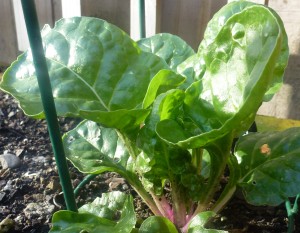By Sharon Udy – Tōtara Teacher – Primary
I have heard two criticisms of the Montessori philosophy from people who have only a fleeting glimpse of it in action (or have never seen it at all!). The first is “it’s too structured – there’s no creativity” and the other is “there’s not enough structure – the children do whatever they want!” Obviously, both of these cannot be true.
Within each akomanga (classroom), the kaiārahi (guide or teacher) is constantly striving for a balance between freedom and responsibility. Doctor Maria Montessori wrote that, “Young people must have enough freedom to allow them to act on individual initiative. But in order that individual action should be free and useful at the same time it must be restricted with certain limits and rules that give the necessary guidance”.
Montessori, M. (1994). From Childhood To Adolescence, Oxford: Clio Press, p.73.
Real freedom, in the Montessori context, comes from within the child. It manifests through engaging with the environment and from concentrating deeply on self-chosen work. When a child is following her or his passion and is able to work without interruption, the child develops great self-discipline. Maria Montessori used the term ‘normalisation’ to describe this transformation based on intense concentration.
As kaiārahi, or guides, we are responsible for helping all of our tamariki to make wise choices. We give Grace and Courtesy lessons to establish the limits within our community and have conversations with individuals and groups about making choices for the common good – not just for ourselves. As an example of this, tamariki in the Montessori environment do not have assigned seats. Rather, they choose each day – sometimes several times a day – where they would like to sit and work. This encompasses many freedoms: to sit where they would like – at a table or at a mat on the floor; to choose with whom they sit or whether they will sit alone. Along with this comes several responsibilities: to sit at an appropriate place (eg. enough space for the materials he/she chooses); if working with others, to choose those who will not distract her/him; to ensure he/she does not distract others.
As our tamariki become older and move through the different levels of our kura (school), they experience more freedom and more responsibility. Just like the materials provided for them, the expectations placed upon tamariki are different according to the characteristics and the needs of their particular stage of development.
As mātua me kaitiaki (parents and caregivers) we must also consider what freedoms and responsibilities our tamariki are ready for. At home, just as at kura, some tamariki will be ready for more freedom and more responsibility at an earlier age than others. For this delicate balancing act, Dr Montessori offered the following advice: “To let the child ‘do as he likes,’ when he has not yet developed any powers of control, is to betray the idea of freedom.” Montessori, M. (1964) The Absorbent Mind. Wheaton, IL: Theosophical Press, p. 205.
